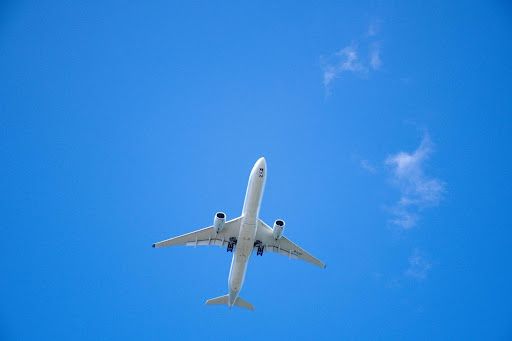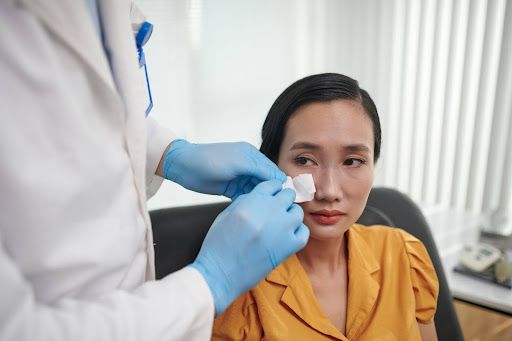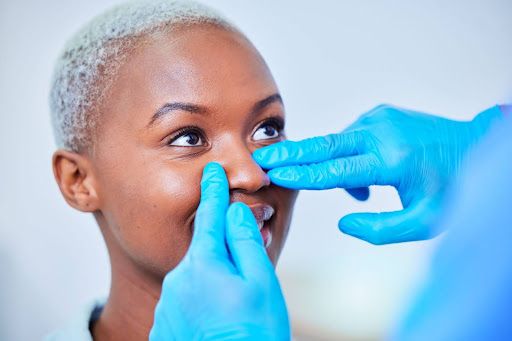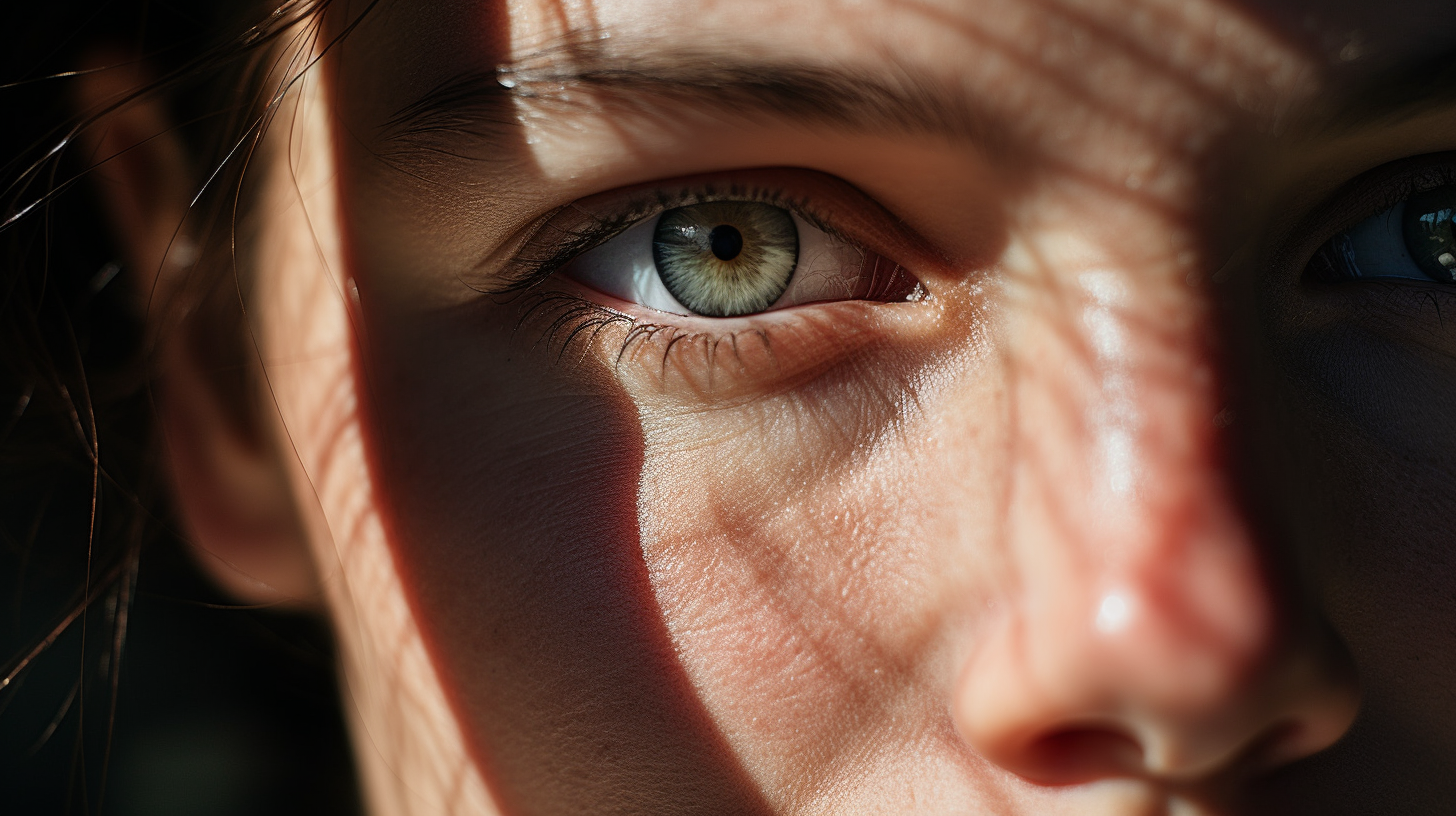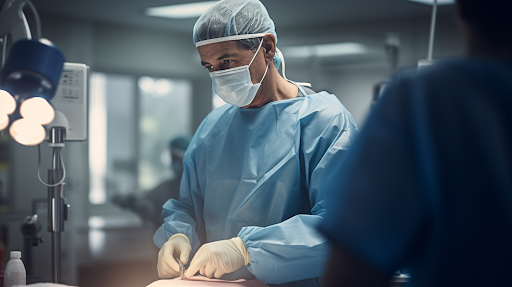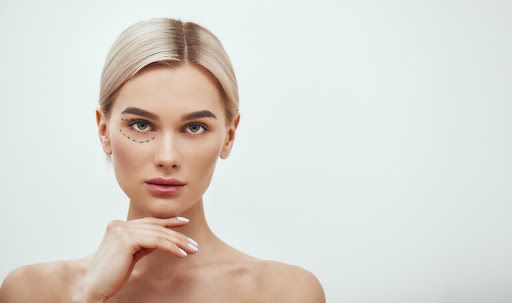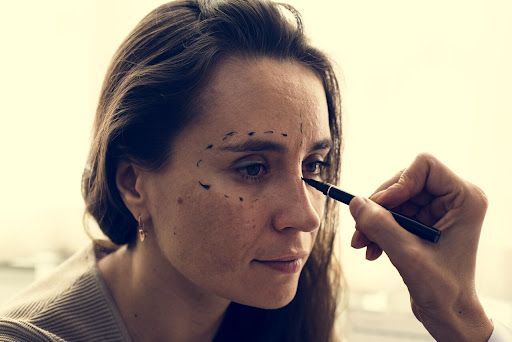How Soon After Rhinoplasty Can I Fly? Post Rhinoplasty Tips
Rhinoplasty, a popular cosmetic surgery procedure designed to enhance the aesthetic appeal of the nose, is a significant undertaking for patients seeking facial harmony. While the primary focus is often on the surgery itself, patients must also consider the post rhinoplasty period, especially when it comes to activities like air travel. This article explores various aspects of rhinoplasty, including risks, recovery, and recommendations for patients considering flights in the aftermath of nasal surgery.

What is Rhinoplasty Surgery?
Rhinoplasty, commonly known as a nose job, involves reshaping or resizing the nose to achieve the desired aesthetic or functional outcome. It is a surgical procedure performed by skilled rhinoplasty specialists or plastic surgeons, often requiring careful planning and consideration of individual anatomy and goals. The extent of surgery varies, ranging from minor adjustments to more complex procedures involving implants or revision surgery.
See Before and After Patient Photos on Instagram
Immediate Postoperative Period
In the immediate aftermath of rhinoplasty surgery, patients are often faced with discomfort, swelling, and potential risks that need careful management. The surgery typically involves incisions, sutures, and sometimes the placement of implants. The initial days and weeks after the procedure are critical for proper healing and to avoid complications.
Talk to a board-certified plastic surgeon
Possible Risks and Complications of a Nose Job
Like any surgery, rhinoplasty comes with potential risks and complications. It’s important for individuals considering this procedure to be well-informed about the possible outcomes. Here are some potential risks and complications associated with a nose job:
- Infection: Infections are a potential risk after any surgery. Surgeons take precautions to minimize infection risks, and patients are typically prescribed antibiotics to prevent or treat infections.
- Bleeding: Excessive bleeding during or after the surgery can occur. Surgeons use techniques to minimize bleeding during the procedure, and patients are monitored closely postoperatively.
- Bruising and Swelling: Bruising and swelling are common after rhinoplasty and can be more pronounced in some individuals. Following postoperative care instructions, including proper icing and head elevation, can help reduce bruising and swelling.
- Pain and Discomfort: Prescribed pain medications and following postoperative care guidelines can help manage pain.
- Nasal Obstruction: Some individuals may experience difficulty breathing through the nose due to swelling or changes in the internal nasal structures.
- Unsatisfactory Aesthetic Outcome: The final aesthetic result may not meet the patient’s expectations. Realistic expectations and thorough preoperative discussions help align the patient’s goals with what can be achieved.
- Scarring: While rhinoplasty incisions are typically well-hidden, there is a risk of visible scarring. Surgeons use techniques to minimize visible scarring, often placing incisions inside the nostrils or in inconspicuous locations.
- Altered Sensation: Changes in sensation, including numbness or altered sensitivity, may occur. Sensory changes are often temporary but can persist.
- Asymmetry: Achieving perfect symmetry is challenging, and some degree of asymmetry may persist.
- Revision Surgery: Some patients may require revision surgery for cosmetic or functional reasons. Surgeons assess the need for revisions on a case-by-case basis.
It’s essential for individuals considering rhinoplasty to thoroughly discuss the potential risks and complications with their surgeon, follow preoperative and postoperative care instructions, and maintain realistic expectations regarding the outcomes of the procedure. Choosing a qualified and experienced surgeon can also contribute to a successful and safe rhinoplasty experience.
Can you Fly Post Rhinoplasty Surgery?
Air travel involves exposure to changes in air pressure, and for rhinoplasty patients, this can be a matter of concern. The cabin pressure during flights, particularly in high-altitude areas, may cause discomfort, increase swelling, or even impact the results of the surgery. The potential risk of blood clots, sinus pressure, and complications related to the nasal passages should be carefully considered.
The timing of air travel post-rhinoplasty is a critical factor. While some patients may feel comfortable flying a week after surgery, others may require more time. Surgeons generally recommend waiting at least two weeks before air travel and often advise against long-haul flights during the early stages of recovery.
Precautions During Air Travel
For those planning air travel after rhinoplasty, taking precautions is essential. These include using a travel pillow to support the head, avoiding heavy lifting or strenuous activities, and ensuring proper hydration. Patients are also advised to book a consultation with their surgeons about the use of saline nasal sprays during flights to keep nasal passages moist.
How Long After Rhinoplasty Procedure Can You Fly?
The ideal timeframe for air travel after a rhinoplasty hinges on the individual’s recovery progress. Generally, most surgeons recommend waiting at least two weeks after surgery before considering flights. This period allows for initial healing, minimizing discomfort and swelling.
However, the full recovery period can extend over several weeks to months, depending on the extent of the surgery and the individual’s healing process. It’s crucial to consult with your surgeon to receive personalized advice.
What no one tells you after rhinoplasty
Recovery Following Rhinoplasty Surgery
The recovery time for rhinoplasty varies from patient to patient and depends on the extent of surgery. Before making any travel plans, it is essential to consult with the surgeon to determine the appropriate timing for air travel. Many surgeons recommend avoiding flights in the immediate postoperative period, with the first week being particularly crucial for healing.
Here are some steps you can take to minimize the recovery period:
- Adherence to Medication: Take prescribed medications as directed by the surgeon to manage pain, swelling, and any potential infections.
- Saline Nasal Spray: Regularly use a saline nasal spray to keep the nasal passages moist, facilitating healing and reducing the risk of complications.
- Follow Postoperative Care Instructions: Strictly adhere to postoperative care guidelines provided by the surgeon, including the use of cold compresses and head elevation to minimize swelling.
- Limit Physical Activity: Avoid strenuous physical activities, heavy lifting, and exercises that may strain the nose for the first few weeks after surgery.
- Balanced Nutrition: Maintain a healthy and balanced diet to support the body’s natural healing processes and enhance recovery.
- Adequate Rest: Ensure sufficient rest and sleep to promote overall well-being and optimize the body’s ability to heal.
Consult With a Qualified Plastic Surgeon
Dr. Mourad, a renowned expert in facial cosmetic surgery, offers a comprehensive range of procedures designed to enhance and rejuvenate the natural beauty of his patients’ facial features. Dr. Mourad specializes in various facial cosmetic surgeries, including rhinoplasty, facelifts, eyelid surgery, and brow lifts. His approach combines the latest surgical techniques with a keen understanding of individual facial anatomy, ensuring tailored and harmonious results.
Dr. Mourad’s commitment to patient satisfaction is evident in his meticulous attention to detail, personalized consultations, and a focus on achieving natural-looking outcomes. Whether addressing aesthetic concerns or restoring facial balance, Dr. Mourad’s expertise and dedication to excellence make him a trusted choice for those seeking transformative and customized facial cosmetic procedures.
Table of Contents
Post Rhinoplasty Post Rhinoplasty Post Rhinoplasty Post Rhinoplasty Post Rhinoplasty Post Rhinoplasty Post Rhinoplasty Post Rhinoplasty Post Rhinoplasty Post Rhinoplasty Post Rhinoplasty Post Rhinoplasty
